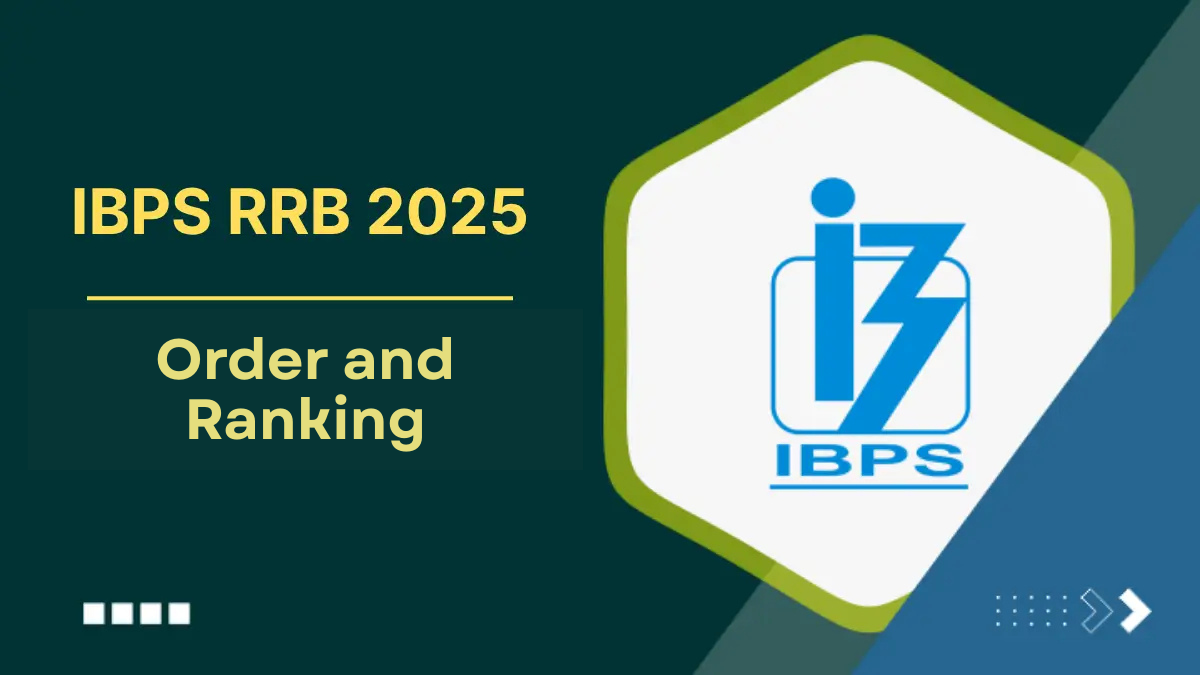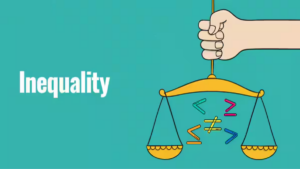The Reasoning Ability section of the IBPS RRB PO and Clerk 2025 exams often includes questions from the Order and Ranking topic. This is a high-scoring area that tests your ability to analyze positions of individuals or objects in a sequence based on given conditions. With the right approach, these questions can be solved in seconds, making them a valuable opportunity to boost the score. In this article, we’ll break down the types of Order and Ranking questions and share tricks to solve them efficiently in the exam.
Order and Ranking for IBPS RRB PO and Clerk 2025
Order and Ranking questions deal with position-based comparisons. Candidates are typically asked to determine the rank, total number of people, or the position of a person or object from either side of a row or column. These questions require logical deduction and sometimes basic arithmetic. Order and Ranking questions typically account for 3-5 questions in the Reasoning section of the IBPS RRB PO and Clerk Exam. Since they don’t involve lengthy calculations or language comprehension, they are quick to solve once you recognise the pattern. Given the time constraints in the exam, mastering this topic can be a real score booster.
Types of Order and Ranking Questions
Here are the most common types you can expect in the IBPS RRB PO and Clerk 2025 exams:
1. Position from Both Ends (Left & Right)
Concept: If a person’s position from the left and right ends of a row is known, you can calculate the total number of people.
Formula: Total = (Position from Left) + (Position from Right) – 1
Example: Ravi is 5th from the left and 6th from the right. How many people are there in the row?
Answer: 5 + 6 – 1 = 10
2. Finding Position from One Side
Concept: If total number of people and position from one end is known, position from the other end can be found.
Formula: Position from Right = Total – Position from Left + 1
3. Comparative Ranking
Concept: Based on the relative position of two or more individuals.
Example: A is taller than B but shorter than C. Who is the tallest?
Answer: C is the tallest.
4. Rank-Based Questions with Gaps
Concept: Sometimes, a certain number of people are between two individuals. Use given data to determine the total count or rank.
Example: In a row of students, A is 9th from the left and B is 7th from the right. If there are 5 students between A and B, find total number of students.
Solution: Total = (Position of A from left) + (Position of B from right) + No. of people between them – 1
= 9 + 7 + 5 – 1 = 20
5. Minimum/Maximum Number of People
Concept: When overlapping is possible, you’re asked to find the minimum or maximum number of people based on given data.
Trick: If people between two persons are not overlapping, add all positions and subtract one. If overlapping is possible, minimum total is (Sum of positions – number of people between them – 1).
Quick Tips and Shortcuts for the Order and Ranking
- Draw diagrams or use a simple line with marks to visualize positions.
- Memorise formulas for quick application.
- Watch for terms like “not more than,” “at least,” “exactly”, they change the logic significantly.
- Use the elimination method in MCQs when unsure.
- Practice with timed quizzes to build speed and accuracy.
Order and Ranking Questions for IBPS RRB PO and Clerk 2025
Q01. Rohit ranked 15th from the top and 23rd from the bottom in a class. How many students are there in the class?
(a) 38
(b) 39
(c) 37
(d) 36
(e) 40
Q02. Deepak ranked 31st from the bottom and 13th from the top among those who passed an exam. six boys did not participate in the exam and four failed in it. How many boys were there in the class?
(a) 54
(b) 55
(c) 52
(d) 53
(e) 51
Q03. There are 23 students in a class. Sumit ranks fourth among the boys in the class. Shivani ranks fifth among the girls in the class. Sumit is one rank below Shivani in the class. No two students hold the same rank in the class. What is Shivani’s rank in the class?
(a) Cannot be determined
(b) 5th
(c) 8th
(d) 7th
(e) None of these
Q04. Ravi is 22nd from the left end of a row and Hunny is 32nd from the right end of the row. If they interchanged their positions, then Ravi ranks become 21 from left end. How many persons sit between them?
(a) One
(b) Two
(c) None
(d) Three
(e) None of these
Q04. In a class of 40 students Rohan rank is 21 from the bottom and Arun is 2 ranks below Rohan, then what is the rank of Arun from the top?
(a) 21
(b) 22
(c) 25
(d) 24
(e) 20
Q05. In a class of 40 students Rohan rank is 21 from the bottom and Arun is 2 ranks below Rohan, then what is the rank of Arun from the top?
(a) 21
(b) 22
(c) 25
(d) 24
(e) 20
| Related Posts | |
| IBPS RRB Clerk Cut Off | IBPS RRB PO Cut Off |
| IBPS RRB Clerk Salary | IBPS RRB PO Salary |
| IBPS RRB PO Syllabus | IBPS RRB Clerk Syllabus |
| IBPS RRB Previous Year Papers | |



 Inequality Tricks for Beginners, Easy Me...
Inequality Tricks for Beginners, Easy Me...
 Reasoning Questions for SBI Clerk Mains ...
Reasoning Questions for SBI Clerk Mains ...
 500+ Reasoning Questions PDF for SBI Cle...
500+ Reasoning Questions PDF for SBI Cle...








